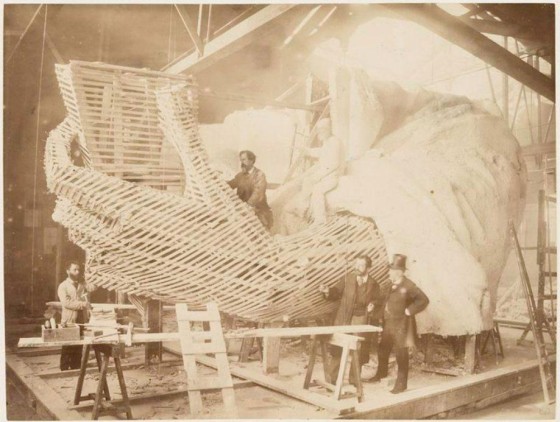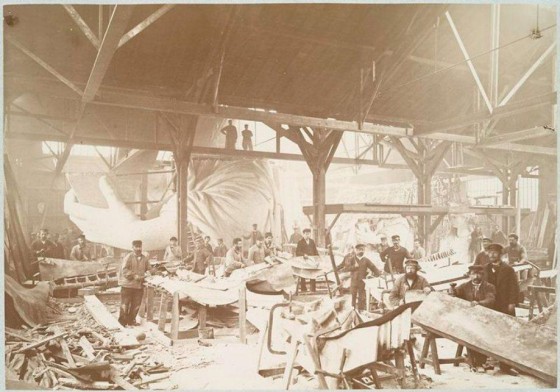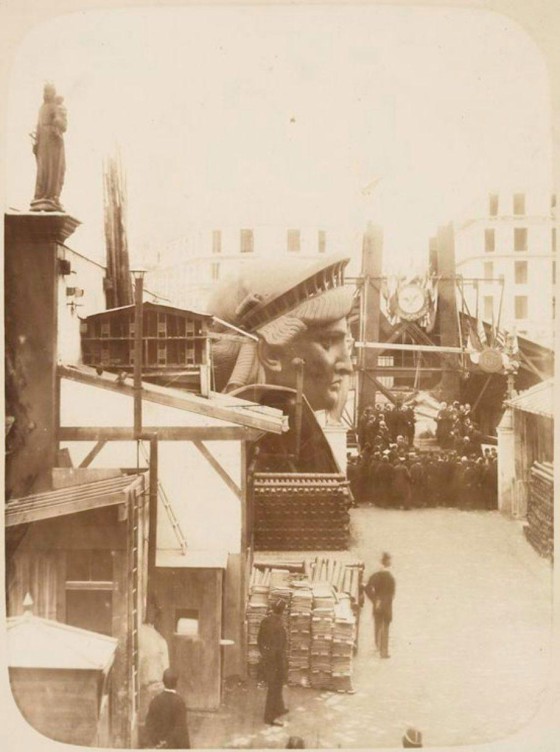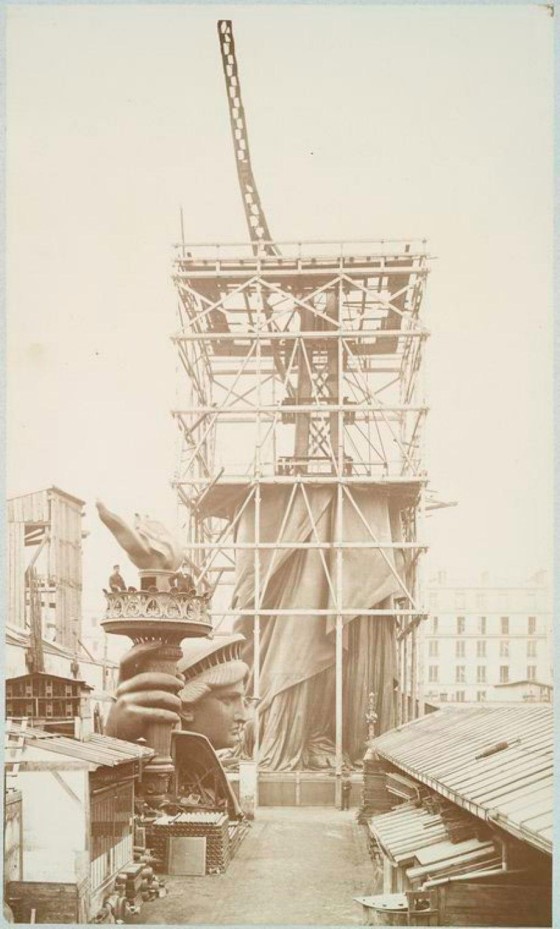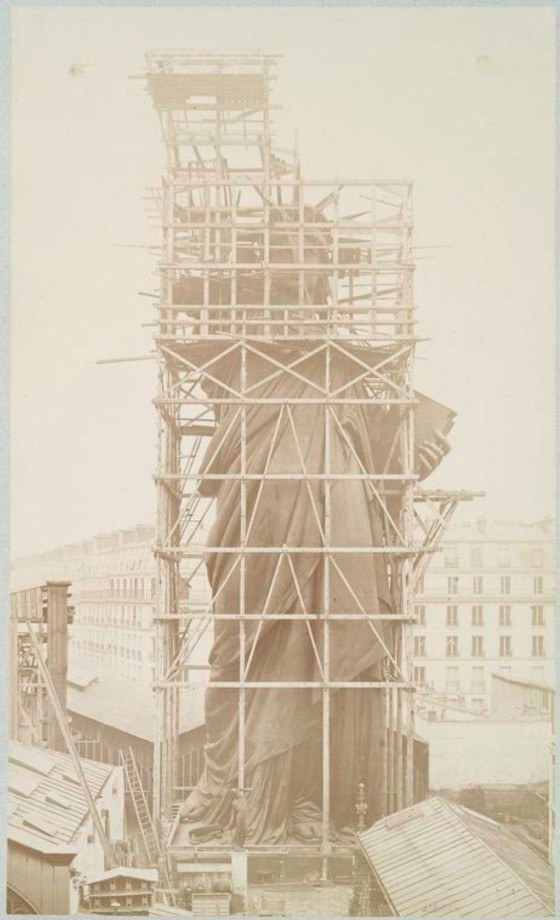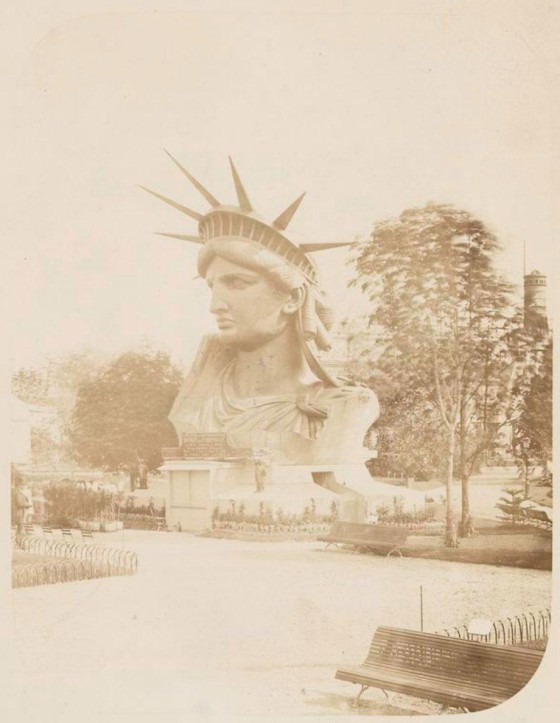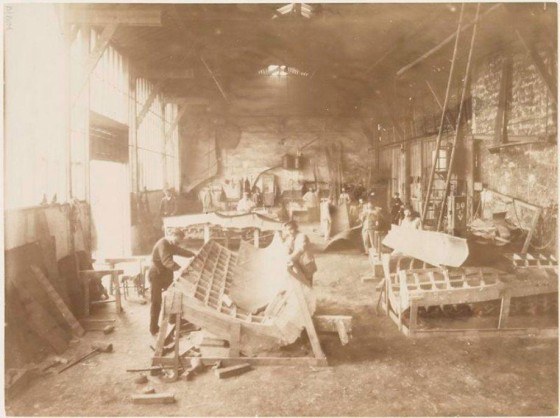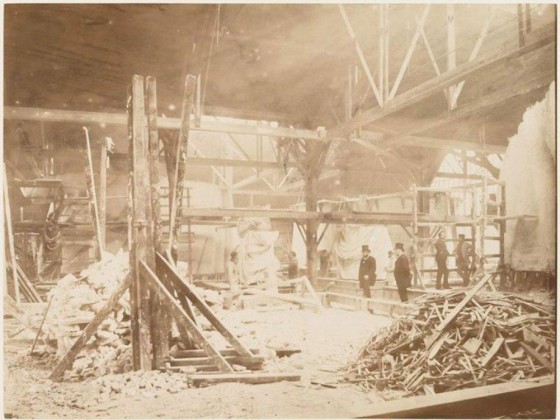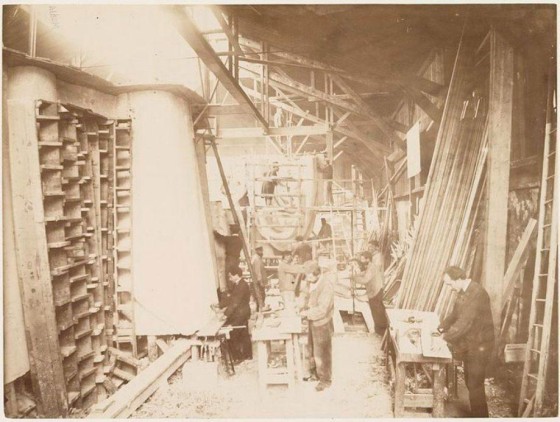Édouard René de Laboulaye was an ardent supporter of the Union in the American Civil War and was thrilled when they triumphed over the Confederacy in 1865 marking an end to slavery.
During a conversation at his home in Versailles Laboulaye was heard to say: 'If a monument should rise in the United States, as a memorial to their independence, I should think it only natural if it were built by united effort—a commonwork of both our nations.'
He may not have meant the comment as a proposal but it was nevertheless overhead by fellow guest and sculptor Frederic Bartholdi who agreed that such a project would be a suitable joint venture for the Franceand America to undertake together.
Bartholdi set about designing the Statue of Liberty - an neoclassical sculpture of the Roman god of freedom - but due to the troubled political situation in France work did not commence until the 1870s.
The sculptor had already begun work on the statue's head and torch-bearing arm when on March 3, 1877, President Grant finally signed a joint resolution that authorised the President to accept the statue when it was presented by France.


